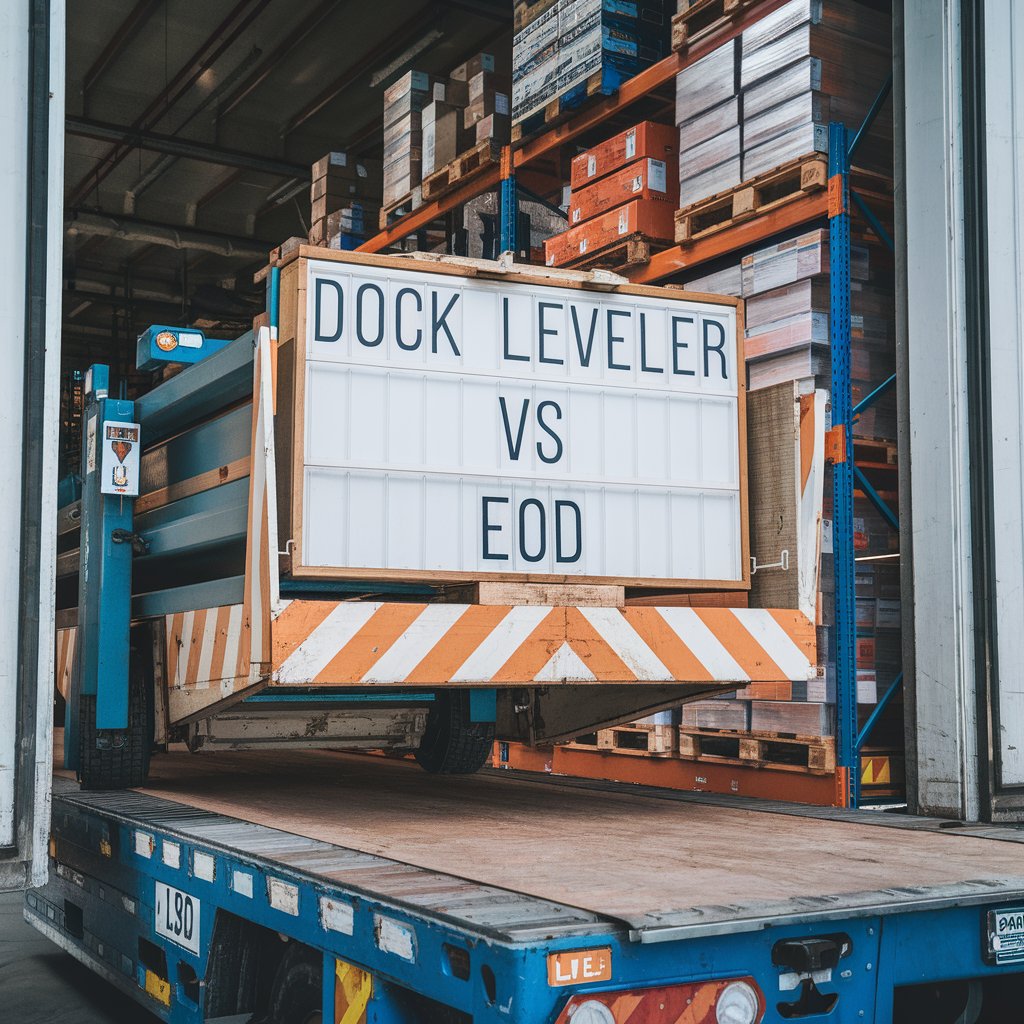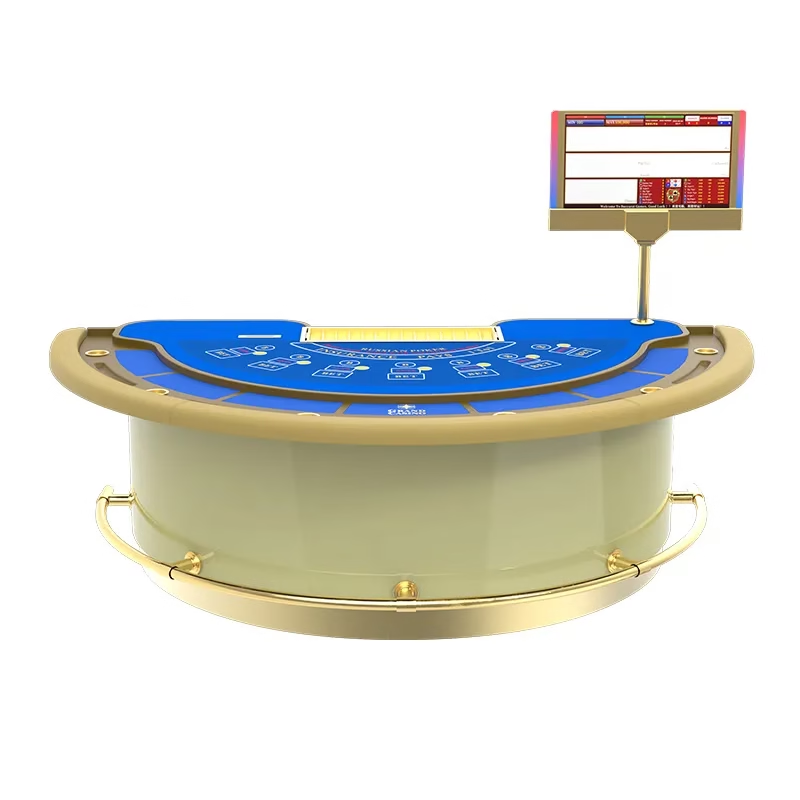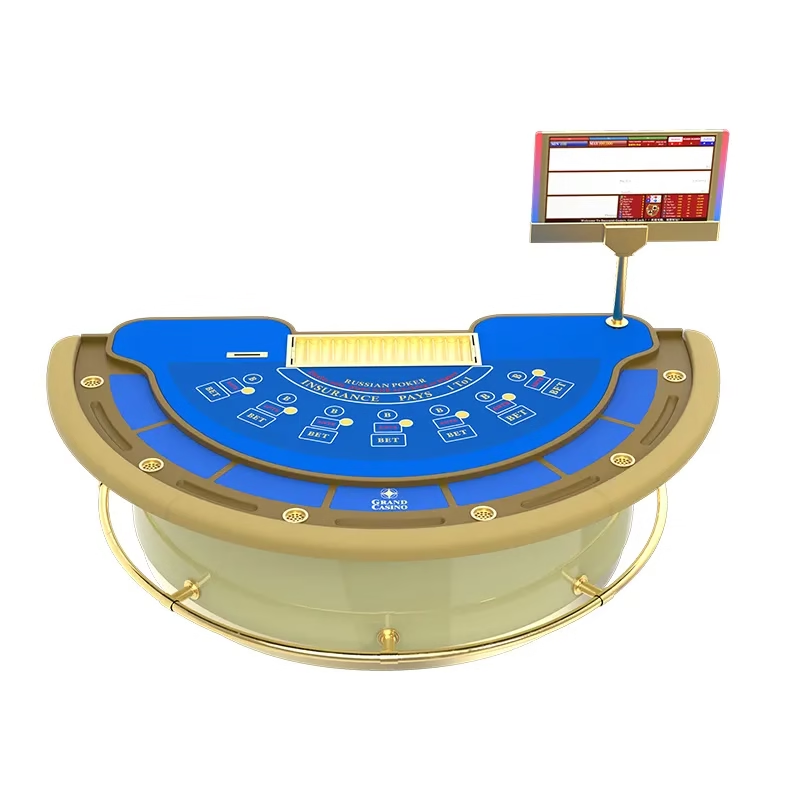Dock levelers and edge-of-dock (EOD) levelers (see Arrow Industrial) are essential equipment for bridging the gap between loading docks and truck trailers. However, they differ significantly in design, installation, and operational range. Dock levelers typically have a working range of 12 inches above and below the dock, while EOD levelers are limited to 5 inches above and below, making each suitable for different warehouse needs and truck configurations.
Installation and Cost Comparison
Dock leveler installation costs and complexity vary between pit levelers and edge-of-dock (EOD) levelers. Pit levelers require more extensive construction work, including creating a recessed pit, which can lead to longer installation times of 4-6 weeks and higher costs. In contrast, EOD levelers can typically be installed in just 1-2 days, offering a quicker and less disruptive solution.
Cost-wise, EOD levelers are generally more economical, with installation costs around $500 for mechanical models. Pit levelers, however, can range from $3,500 to $10,000 for materials alone, with additional expenses for concrete work, curb steel, and electrical installation. It’s advisable to allocate around $7,500 for a reputable pit leveler, considering long-term benefits such as durability and safety features. While EOD levelers offer initial cost savings, pit levelers may provide better value over time through energy efficiency and reduced maintenance needs.
Load Capacities and Limitations
Dock levelers and EOD levelers also differ in load capacities and operational limitations. Pit-style dock levelers typically offer higher capacities, ranging from 35,000 to 80,000 pounds, making them suitable for heavy-duty applications. EOD levelers, while more limited, can still handle capacities up to 35,000 pounds.
To determine the appropriate capacity, consider the combined weight of the forklift and its maximum load, then multiply by a factor of 2.5 to 3 for normal usage. For example, a 12,000-pound forklift with a 6,000-pound load would require a minimum capacity of 45,000 pounds. Factors such as the number of loading cycles per day, forklift type and weight, and maximum load weight should also be considered.
Choosing a higher capacity can extend the leveler’s lifespan and ensure safe operations. Always consult with the manufacturer’s authorized representative to determine the most suitable capacity for your specific application.
Safety Features and Enhancements
Modern dock levelers incorporate numerous safety features and enhancements to protect workers and equipment. Key safety innovations include:
- Barrier lips that prevent accidental forklift roll-off when the leveler is not in use
- Interlocking systems that connect vehicle restraints, levelers, and doors to ensure proper operational sequence
- Motion-sensing technology that detects movement inside trailers and prevents vehicle restraint disengagement
- Reflective markings and integrated lighting systems to improve visibility in low-light conditions
- Automatic return to safe positions during power failures and velocity fuses to prevent free-fall if a truck departs suddenly
These advanced features, combined with proper training and maintenance, significantly reduce the risk of accidents and injuries at the loading dock, creating a safer work environment for employees and protecting valuable equipment and cargo.
Maintenance and Longevity
Regular maintenance is crucial for ensuring the longevity and optimal performance of dock levelers. A well-maintained hydraulic dock leveler can last up to 10 to 15 years or even longer. To maximize the lifespan of dock levelers, a comprehensive maintenance schedule should be implemented, including:
- Daily: Conduct visual inspections for damage or wear, and remove debris, dirt, and oil to prevent slips and falls.
- Weekly: Lubricate moving parts such as hinges, joints, and bearings, and check hydraulic fluid levels.
- Biannually: Perform a full system inspection of mechanical, hydraulic, and electrical components, and replace worn components.
- Annually: Schedule professional servicing and conduct load testing to ensure structural integrity.
For hydraulic dock levelers, it’s essential to check fluid levels, inspect hoses and fittings for leaks, and test safety features. Environmental factors, frequency of use, and load weights can influence the lifespan of a dock leveler. Addressing issues promptly can prevent further damage and unexpected downtime, ensuring safe and efficient operations for years to come.
Weight Distribution Considerations
Weight distribution is a critical factor that impacts the safety and longevity of dock levelers. The dynamic load capacity of a dock leveler is determined not just by the static weight of the forklift and its load, but also by how that weight is distributed across the leveler.
A dynamic total load multiplier of 2.5 is typically used when calculating dock leveler capacity for standard applications. However, this can range from 2.0 to 5.0 depending on the severity of the application. Factors such as forklift weight, speed, incline angle, frequency of use, and turning movements on the dock leveler all influence capacity requirements.
Three-wheel forklifts or those with narrow tires can concentrate weight in smaller areas, potentially exceeding the leveler’s rated capacity. Forklift attachments, like drum clamps or paper roll clamps, can also alter weight distribution, possibly overloading specific areas of the dock leveler.
It’s important to calculate the combined weight of the forklift and its load and apply the appropriate dynamic load multiplier based on usage conditions. By selecting a properly rated dock leveler, facility managers can ensure safer operations and extend the operational life of their loading dock equipment.
Cost-Benefit Analysis
When considering the installation of dock levelers, a thorough cost-benefit analysis is essential. The initial investment can vary significantly based on type and features, with costs ranging from $3,500 for basic mechanical models to $25,000 for high-end hydraulic systems, including installation.
Efficiency gains from dock levelers can streamline the loading and unloading process, reducing labor costs and increasing throughput. This efficiency can lead to substantial savings over time, potentially offsetting the initial investment within a few years.
Safety improvements are another crucial benefit, as dock levelers can reduce the risk of accidents and injuries, potentially lowering insurance premiums and worker compensation claims. Additionally, energy savings—particularly in extreme climates—can result in substantial cost reductions, as dock levelers help maintain temperature control, saving up to $2,500 per dock annually in energy costs.
Maintenance costs also vary between mechanical and hydraulic models. Mechanical levelers may require more frequent maintenance, while hydraulic levelers, though more expensive initially, often have lower lifetime ownership costs.
In conclusion, while the upfront costs of dock levelers can be significant, the long-term benefits in terms of efficiency, safety, and energy savings often justify the investment. Careful analysis of operational needs and potential long-term savings will help determine the most cost-effective solution for your facility.
Summary
Dock levelers and edge-of-dock (EOD) levelers are essential for connecting loading docks to trucks but differ in design, cost, and operational range. Dock levelers offer a wider range of motion (12 inches above and below the dock) and can handle heavier loads, making them ideal for high-volume or heavy-duty operations. EOD levelers, while more limited in range (5 inches) and load capacity, are quicker and cheaper to install, typically within 1-2 days, and are suitable for lighter or lower-frequency applications.
Installation costs for pit-style dock levelers are significantly higher than for EOD levelers, but they provide better long-term value through durability and energy efficiency. In terms of load capacity, dock levelers handle up to 80,000 pounds, whereas EOD levelers max out at 35,000 pounds.
Safety features like barrier lips, interlocking systems, and motion-sensing technology are common in modern dock levelers to protect workers and equipment. Regular maintenance—such as inspections, lubrication, and professional servicing—ensures their longevity, potentially lasting 10 to 15 years or more with proper care.
Weight distribution, including factors like forklift type and load, must be carefully considered to avoid overloading the equipment. Finally, a cost-benefit analysis reveals that while dock levelers have higher upfront costs, their long-term efficiency, safety, and energy savings often justify the investment for facilities with high operational demands.






